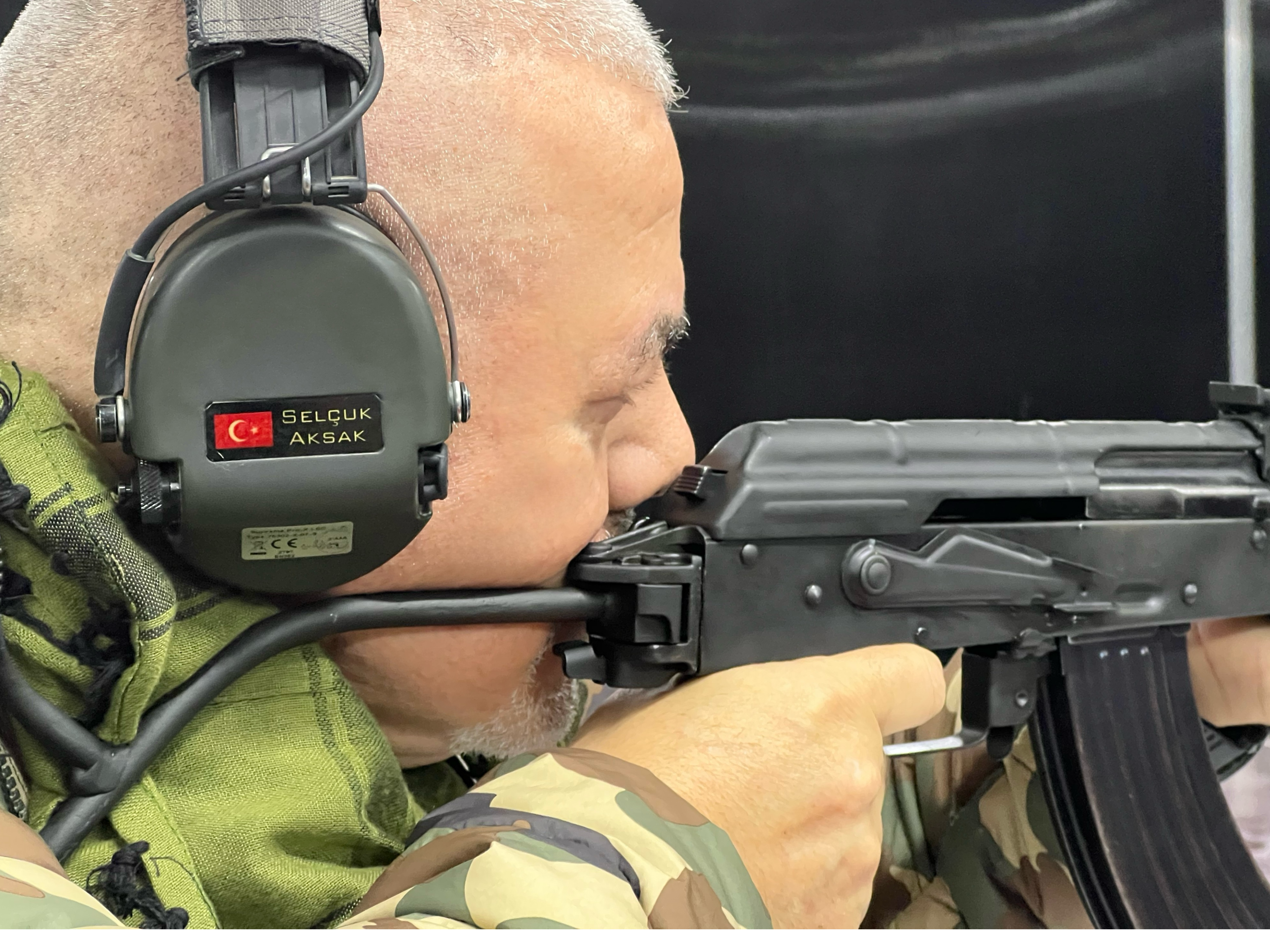Out-of-Battery (OOB) Discharges in Semi-Automatic Firearms: A Technical Analysis of Causes, Case Studies, and Preventive Measures.
- Selcuk Aksak
- Apr 12
- 3 min read

Summary:
Although Out-of-Battery (OOB) discharges are rare in modern semi-automatic firearms, they constitute a serious safety hazard that can result in severe damage to firearm components and pose significant risks to the shooter’s health.
This article presents a detailed technical analysis of the OOB phenomenon in light of SAAMI standards, including case studies, technical failures associated with low-quality ammunition, and risk factors stemming from user error.
Additionally, practical training modules and preventive strategies developed by Burkut Academy are introduced.
1. Introduction: Definitions and Industry Standards
The concept of Out-of-Battery (OOB) discharge is defined by SAAMI (Sporting Arms and Ammunition Manufacturers' Institute) as:
“The condition of the breeching mechanism of a firearm not being completely locked or completely closed.”
In other words, it refers to a situation where the locking mechanism (slide, breechface, barrel lug, etc.) has not fully engaged.

If a round is fired while in this state, the cartridge may not be fully seated in the chamber, resulting in uncontrolled gas dispersion, which can severely damage the firearm and potentially injure the shooter.
2. Documented Case Studies
The following OOB discharge cases have been reported in literature and directly observed in the field:

•Allen, TX Case:A semi-automatic pistol experienced an OOB discharge at a shooting range.
Several components were ejected and lost, and the weapon became inoperable.
Analysis revealed case rupture and damage to the extractor mechanism.

1911 Extended Ejector Case:
While attempting to unload a live round from a 1911 pistol with an extended ejector, the shooter unintentionally fired the round by striking the primer against the ejector.

.45 ACP / Excessive Magazine Force Case:Inserting the magazine with excessive force caused the slide to slam forward, chambering a round that was inadvertently ignited when the extractor indented the primer during slide closure.
3. Technical Causes and Ammunition-Related Factors
High Primers:
In low-quality or improperly handloaded ammunition, primers may protrude and ignite before fully chambering.
COAL (Cartridge Overall Length) Errors:
Improper bullet seating can prevent rounds from chambering fully.
Insufficient Crimping:
Allows bullet movement under recoil or chamber pressure, leading to feeding and pressure inconsistencies.
Aftermarket Part Tolerances:
Non-spec parts such as firing pins or springs can result in premature ignition or insufficient locking.
Caliber-Specific Chamber Fit:
Cartridges like .357 SIG require precise neck tapering; early shoulder formation or incomplete resizing can cause support loss.
Firing Pin Spring Fatigue:
Loss of tension in worn springs may lead to accidental discharge or premature ignition.
4. Mechanical Damage and Injury Risks
Magazine rupture, case blowout, slide and bolt deformation
Extractor failure and projectile ejection toward the shooter
Burns, cuts, and trauma to the hands, face, and arms
High risk of permanent eye damage in shooters lacking proper eye protection
5. Training Approaches and Preventive Strategies (Burkut Academy Model)
OOB Definition Workshop:
Theoretical session introducing SAAMI definitions and risk parameters.
COAL & Plunk Testing Module:
Hands-on analysis of cartridge-chamber compatibility using handloaded rounds.
Live Case Analysis:
Examination of ruptured cases to identify mechanical failure types.
User Error Diagnosis:
Breakdown of incidents involving improper magazine insertion, aggressive slide manipulation, and unsafe handling habits.
Eye Protection Awareness:
Mandatory safety module emphasizing the use of certified eye protection equipment.
Conclusion
Out-of-Battery discharges are not merely mechanical issues—they stem from a complex interplay of ammunition quality, user behavior, tolerance stacking, and training deficiencies. Burkut Academy is committed to identifying and mitigating these risks through structured training, experience-based instruction, and discipline-oriented educational models. A systematic approach to understanding and preventing OOB events plays a critical role in promoting shooter safety and firearm reliability.
Author
Dr. Selçuk Aksak
Shooting Sport Instructor & CoachIDPA CSO, GunsmithBurkut Shooting Clubselcuk.aksak@burkut.tr
References
Sporting Arms and Ammunition Manufacturers' Institute (SAAMI) – www.saami.org
Gun Tests Magazine – “Sig Sauer Mosquito Review & Early Detonation Observations”
The High Road Firearm Forum – “Case Ruptures & OOB Scenarios”
FirearmsTalk Community Archive – “Handloading Hazards and Observed Incidents”
National Shooting Sports Foundation (NSSF) – www.nssf.org







Comments